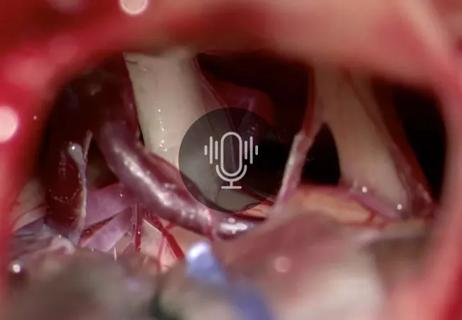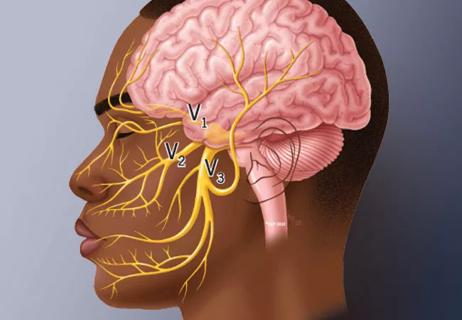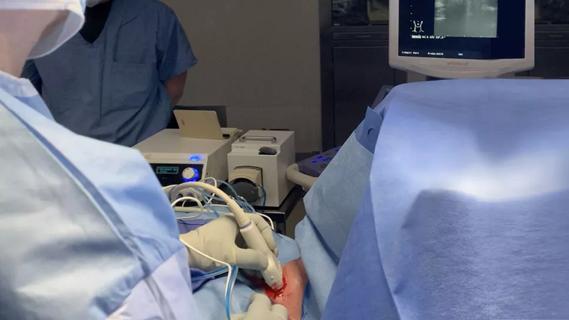Despite the condition’s debilitating, electric shock-like pain, treatment options are better than ever
A few years ago, clinicians at Cleveland Clinic Florida adopted an “enhanced recovery after surgery” (ERAS) protocol for patients undergoing microvascular decompression to treat trigeminal neuralgia. The approach — which involves smaller incisions, a smaller craniotomy, nerve blocks, total intravenous anesthesia and avoidance of postoperative opioids — significantly shortened hospital stays and reduced complications, as the clinicians reported in a matched cohort study earlier this year (Neurosurgery. 2025;97[4]:936-944).
Advertisement
Cleveland Clinic is a non-profit academic medical center. Advertising on our site helps support our mission. We do not endorse non-Cleveland Clinic products or services. Policy
“Patients like this protocol because it’s less invasive and they can go home sooner, and hospitals like it because it delivers outcomes that are just as good at lower cost,” says the study’s corresponding author, Hamid Borghei-Razavi, MD, a Cleveland Clinic Florida neurosurgeon whose specialty interests include trigeminal neuralgia. “So patients are happier and hospitals save money. What’s better than that?”
The ERAS protocol is one of numerous advances and innovations in the management of trigeminal neuralgia that Dr. Borghei-Razavi explores in the newest episode of Cleveland Clinic’s Neuro Pathways podcast. Among the subtopics covered:
Click the podcast player above to listen to the 30-minute episode now or read on for an edited excerpt of its transcript. Check out more Neuro Pathways episodes at clevelandclinic.org/neuropodcast or wherever you get your podcasts.
This activity has been approved for AMA PRA Category 1 Credit™ and ANCC contact hours. After listening to the podcast, you can claim your credit here.
Advertisement
Hamid Borghei-Razavi, MD: After microvascular decompression, the pain usually is gone right away, right after the patient wakes up from surgery. But one of the interesting things we’ve observed is that I had a few patients whose trigeminal neuralgia pain didn’t go away initially despite complete decompression. And then, after one to two months, these patients’ pain started to go away. We actually published a paper about it, calling it “When the nerve keeps firing” (Neurol Sci. 2024;45[1]:109-118).
I looked at the literature, and I found that in about 10% of patients undergoing microvascular decompression, they don’t get better right away. This delayed response is reported more often in Asian populations. The problem is that a lot of surgeons don’t know this, so when patients come back and still have their pain, the surgeons send them for Gamma Knife® radiosurgery right away. I had a patient from another institution who came for Gamma Knife therapy on the recommendation of that other institution because she didn’t get better after microvascular decompression. But it was only about three weeks after her microvascular decompression surgery, so I told her to wait. She waited two months, and her pain was gone.
We published that paper I mentioned because I wanted to raise awareness among surgeons that it’s possible that pain in a few patients won’t get better right away but will ultimately get better. I wanted surgeons to be aware that they need to wait a little bit before doing another procedure.
Advertisement
Advertisement

The when and how of surgical interventions, and how symptoms may predict likely outcomes

A review of takeaways from the recent U.K. national guidelines

Add AI to the list of tools expected to advance care for pain patients

Cleveland Clinic study investigated standard regimen

Tapping into motivational interviewing to guide behavioral change

Relieves discomfort, reduces opioid dependency and improves quality of life

Self-efficacy mindset, burst therapy and increased biofeedback may help improve outcomes

Radiofrequency ablation significantly reduces symptom severity, shrinks nodules